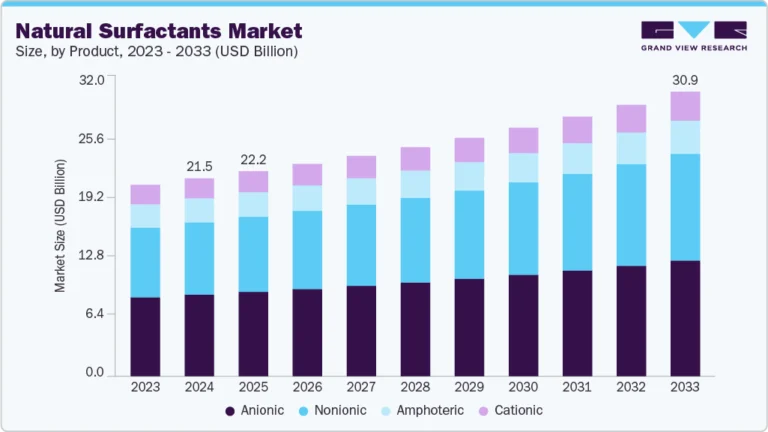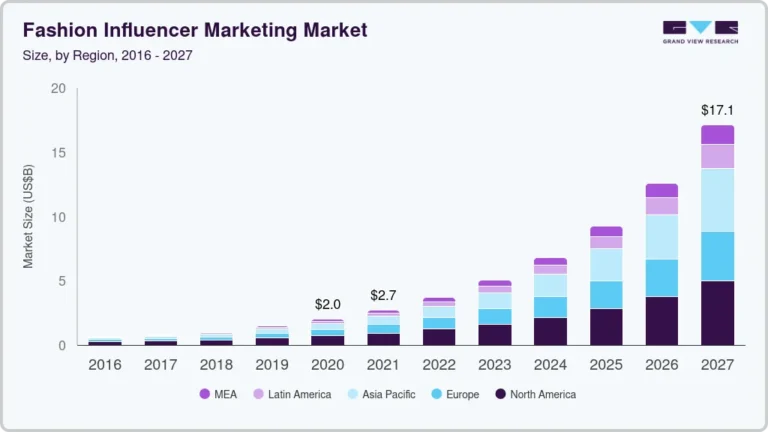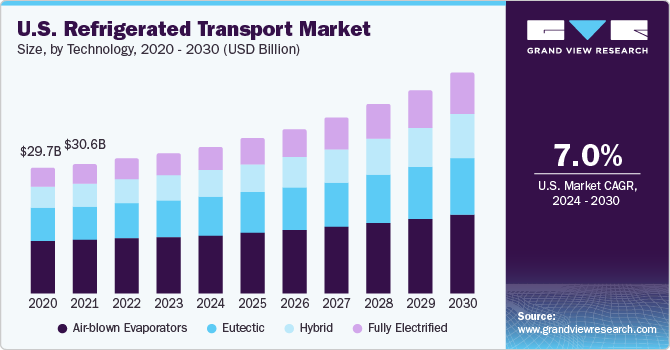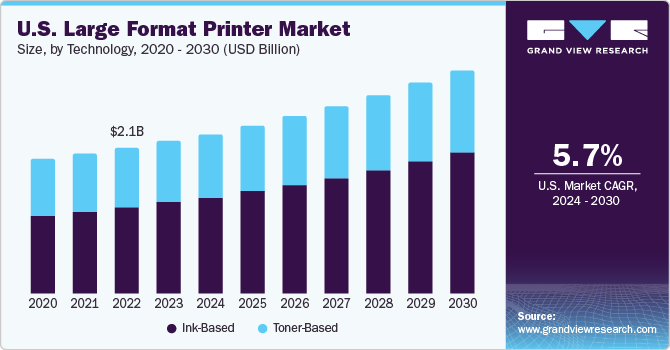Phishing Protection Market Size, Share & Trends Analysis growing at a CAGR of 12.8% from 2025 to 2033
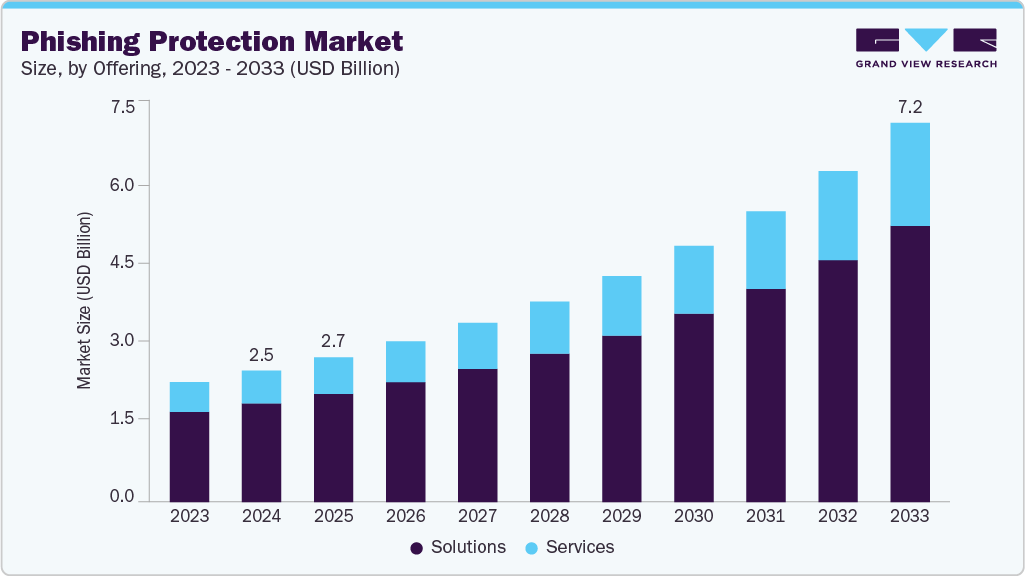
The global phishing protection market size was estimated at USD 2.48 billion in 2024 and is projected to reach USD 7.16 billion by 2033, growing at a CAGR of 12.8% from 2025 to 2033. A key trend shaping the global phishing protection industry is the integration of AI-powered threat detection with cloud-based email and communication platforms.
Key Market Trends & Insights
- North America held a 36.2% revenue share of the global phishing protection market in 2024.
- In the U.S., the market growth is driven by a combination of evolving threat sophistication and regulatory enforcement, prompting widespread adoption of advanced email security solutions across both private and public sectors.
- By organization size, the large enterprises segment held the largest revenue share of 71.9% in 2024.
- By sub-type, the email-based phishing segment held the largest revenue share in 2024.
- By offering, the solutions segment accounted for the largest revenue share of over 74.9% in 2024.
Market Size & Forecast
- 2024 Market Size: USD 2.48 Billion
- 2033 Projected Market Size: USD 7.16 Billion
- CAGR (2025-2033): 12.8%
- North America: Largest market in 2024
- Asia Pacific: Fastest growing market
Request a free sample copy or view report summary: https://www.grandviewresearch.com/industry-analysis/phishing-protection-market-report/request/rs1
Enterprises are adopting advanced analytics, behavioral analysis, and real-time URL scanning to detect phishing attacks across both email and non-email vectors. As phishing attacks become more sophisticated, including tactics like business email compromise (BEC) and social engineering, organizations are shifting from static, rules-based defenses to adaptive AI-powered platforms that continuously learn and respond to evolving threat patterns. For instance, companies are deploying phishing protection solutions with contextual email analysis and automated remediation workflows that allow security teams to quarantine threats and reduce response time.
Additionally, the growing emphasis on proactive defense against phishing attacks is compelling organizations to shift from reactive to predictive security strategies. National cybersecurity authorities are urging enterprises to adopt adaptive technologies that can detect threats based on behavior and context, rather than relying solely on static filters. For instance, in October 2023, the U.S. National Security Agency (NSA) warned that modern phishing attacks use convincing fake websites, impersonated identities, and multi-channel deception, recommending measures such as zero-trust access, domain monitoring, and user training to stay ahead of sophisticated threat actors. Consequently, with phishing tactics rapidly evolving, real-time threat detection, AI-driven pattern analysis, and integrated response solutions are becoming essential elements of modern enterprise security strategies.
Offering Insights
The solutions segment accounted for the largest revenue share of over 74.9% in 2024, driven by the rising need for real-time, cross-platform phishing protection that addresses both traditional and emerging threat vectors. As phishing campaigns are targeting non-corporate users, including content creators, freelancers, and influencers, security vendors are expanding their offerings beyond conventional enterprise boundaries. Unlike services that rely heavily on user intervention, phishing protection solutions integrate automated detection, behavioral analytics, and multi-layered filtering to provide instant threat mitigation across email, social media, and cloud platforms.
For instance, in September 2024, Bitdefender launched the industry’s first complete security solution tailored for YouTube content creators and influencers, combining phishing protection, credential theft prevention, and account takeover defense into a unified platform. This development reflects a shift wherein solution providers are strategically evolving their technologies to address the unique security requirements of digital professionals. Consequently, the increasing demand for proactive, adaptable, and scalable security tools that safeguard both organizational infrastructure and individual digital identities is contributing significantly in driving the growth of the solutions segment.
The services segment is expected to register the fastest CAGR during the forecast period, driven by the rising demand for continuous threat management and scalable security support. As phishing attacks are expected to become more frequent, organizations are relying on professional and managed services to handle real-time monitoring, incident response, and user awareness training. These services not only bridge internal skill gaps but also ensure faster detection and remediation of phishing threats across diverse digital channels.
Additionally, compliance with evolving cybersecurity regulations is encouraging businesses to engage service providers for policy enforcement and employee risk assessments. For instance, Barracuda Networks expanded its managed phishing defense services with the launch of “Barracuda Managed XDR for Email Threats,” which provides 24/7 monitoring, AI-driven threat detection, and personalized user training modules. The service enables organizations to reduce the burden of threat response while improving resilience through ongoing education. This trend reflects a shift in the market toward service-based security models that offer real-time intelligence and strategic support, thereby driving the services segment growth in the phishing protection market.

